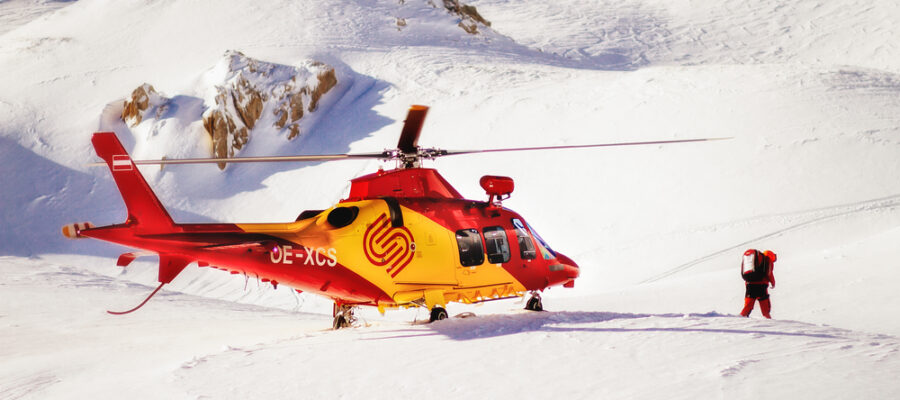Safety should always be a top priority when preparing for a cross-country skiing adventure. Here are three essential safety considerations to keep in mind as you plan your outing:
1. Dressing for the Weather
Proper attire is crucial to ensure your comfort and safety in the sometimes harsh winter conditions. Here’s what you should consider when dressing for the weather:
- Layering: Dress in layers to trap heat and regulate your body temperature. Start with a moisture-wicking base layer, add an insulating layer for warmth, and finish with a waterproof and breathable outer layer to protect against wind and moisture.
- Insulation: Insulated clothing, such as down jackets or synthetic insulation, is essential to retain warmth, especially in cold climates.
- Headgear: Wear a warm hat or beanie to prevent heat loss through your head. Don’t forget a neck gaiter or scarf to protect your neck and face from the cold.
- Gloves or Mittens: Insulated, waterproof gloves or mittens are crucial to keep your hands warm and functional. Consider bringing an extra pair in case they get wet.
- Footwear: Choose waterproof and insulated boots that provide warmth and ankle support. Wool or synthetic socks are ideal to keep your feet dry and warm.
- Eyewear: Sunglasses or ski goggles with UV protection are essential to shield your eyes from glare and harmful rays. Clear or low-light lenses are useful for overcast days.
2. Carrying Essentials
Carrying essential items ensures your safety and preparedness during your skiing adventure. Here’s what to pack in your backpack:
- Navigation Tools: Carry a map of the trail system, a compass, or a GPS device to help you stay on course.
- Communication: Bring a fully charged cell phone in case of emergencies. Keep it close to your body to prevent it from freezing.
- First Aid Kit: Include basic supplies like bandages, antiseptic wipes, blister treatment, and any personal medications you may need.
- Food and Water: Pack high-energy snacks like trail mix, energy bars, and dried fruits. Carry a water bottle or hydration system and an insulated sleeve to prevent freezing.
- Safety Gear: Consider carrying a small multi-tool, a headlamp or flashlight with extra batteries, and a fire starter in case of unforeseen situations.
- Emergency Blanket: A lightweight emergency blanket can provide critical warmth if you become stranded.
3. Trail Awareness
Being aware of your surroundings and understanding the trail system is essential for a safe skiing adventure:
- Trail Maps: Familiarize yourself with the trail maps and signage before you begin. Pay attention to trail difficulty ratings and any closed or hazardous sections.
- Weather Forecast: Check the weather forecast for the day and be prepared for changing conditions. It’s advisable to avoid skiing in extreme weather, especially high winds or severe cold.
- Trail Etiquette: Follow established trail etiquette. Yield to other skiers, pass safely, and be courteous to fellow trail users.
- Avalanche Awareness: If skiing in areas with avalanche risk, carry appropriate avalanche safety equipment, and have knowledge of avalanche safety protocols.
- Communication: Inform someone of your skiing plans, including your intended route and estimated return time. Check in with them upon your return.
- Wildlife Awareness: Be aware of the local wildlife and their behaviors. Make noise to alert animals to your presence and avoid startling them.
- Trail Conditions: Check trail conditions and grooming reports from the local ski center or organization. This information can help you plan your route and adjust your clothing accordingly.
By dressing appropriately, carrying essential items, and maintaining awareness of your surroundings and trail conditions, you’ll ensure a safer and more enjoyable cross-country skiing experience.
Remember that safety should always be a priority, and preparedness can make a significant difference in case of unexpected challenges.

